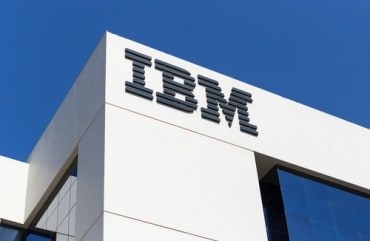SDN Fx network architecture can support up to 168,000 devices.
Avaya Networking announced on June 29 that it had successfully demonstrated that its SDN Fx network architecture is able to support up to 168,000 devices. Using Inocybe Technologies OpenDaylight distribution, it set a new benchmark for scalability for open, standards-based SDN architecture.
“It’s one thing to connect thousands of devices to a network; it’s another to make sure there’s the security and manageability required by businesses. This is beyond connections, but eliminating the compromise between large scale deployments, security, and management. Based on our test, businesses can be confident that ODL is a solid, practical foundation for SDN deployments intended to support the future of IoT,” said Liam Kiely, vice president, Avaya Networking in the company’s announcement.
The company stated that the demonstration used Avaya SDN Fx architecture and its Open Network Adapter (ONA) and was based on Avaya SDN Fx Healthcare Solution deployments in preparation for expansions to tens of thousands of devices.
Research firm Gartner projects that businesses will have more than 7 billion IoT devices connected by 2020, but Avaya says current limits on scalability, security and management are presenting challenges for the healthcare, industrial and financial industries. The company decided to tackle this with a multi-faceted approach.
“First, we implemented a controller-based architecture that creates secure service paths based on the profile of IoT devices connecting. Service profile is a container that encapsulates a network profile which is determined by who is accessing the network and a security profile determined by what is being accessed. This is called an access-context. This access-context-based service enablement ensures on-demand provisioning, putting critical security and compute resources where they are needed the most.” Avaya explained in a blog post.
Avaya’s IoT architecture is run by Inocybe’s commercial turn-key OpenDaylight platform. It offers advanced network segmentation to reduce the likelihood of catastrophic breaches, automation of secure onboarding of new devices, improved device management and the ability to assign flow priority by device and/or traffic type.


























